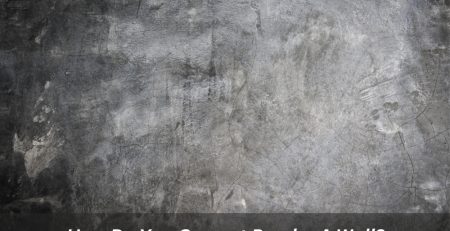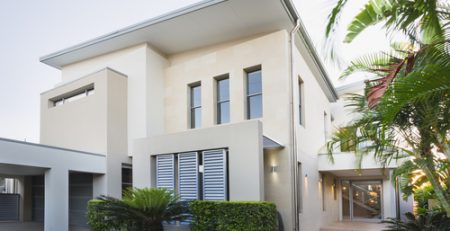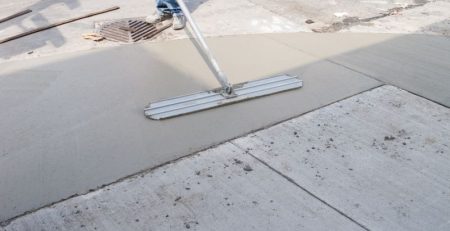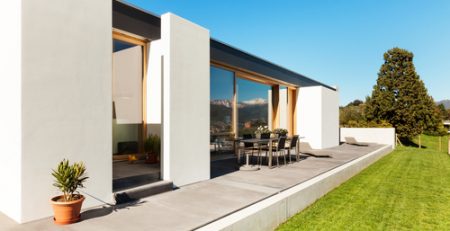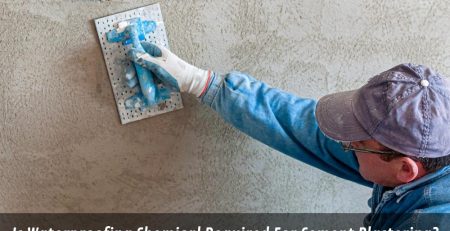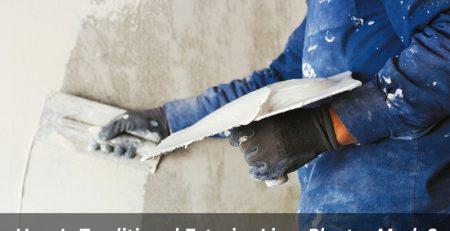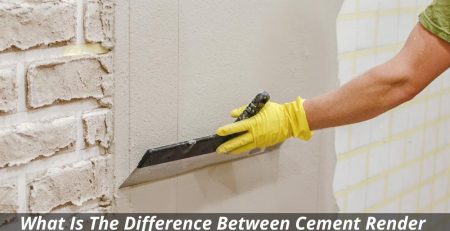Which Is The Best Cement Used For Plastering?
Which cement is best for plastering? This is a question that many people ask when it comes to cement rendering, acrylic rendering, and other types of plastering work. One of the most commonly used types of cement for plastering is OPC Ordinary Portland Cement, but is it the best option?
In this blog, we will explore the different types of cement used for plastering and discuss which one is the best choice for your next project. Whether you’re a DIY enthusiast looking to tackle a small plastering job or a professional contractor working on a larger project, understanding the different types of cement available can help you achieve the best results. So, let’s dive into the world of cement and plastering and find out which one is the best for your needs.
What are the types of cement that can be used for plastering?
The most common types of cement used for plastering are Ordinary Portland Cement (OPC), 43 Grade, 53 Grade, Slag Cement, and Portland Pozzolana Cement (PPC).
- OPC is the most commonly used type as it helps provide a strong bond between sand particles and gives the walls a smooth finish.
- 43 grade cement is usually used for interior wall plastering, while 53 grade is used for exterior wall plastering.
- Slag cement has higher strength than OPC and provides good workability when mixed with sand. PPC also has high strength and creates less heat during hydration compared to OPC.
Apart from cement, some other materials are also required for plastering such as sand and sometimes a render finish such as acrylic. The type of material used for rendering depends on the type of wall and the desired finish.
What are the pros and cons of using different types of cement for plastering?
- OPC is the most popular choice for plastering as it provides a strong bond between sand particles and gives the walls a smooth finish. It is also cost-effective and has a 28 days compressive strength of more than 210 kg/cm2. However, OPC produces more heat during hydration than other types of cement, which can cause cracking in the walls if insulation is not provided.
- 43 grade cement is used for interior wall plastering as it has lower compressive strength compared to 53 grade cement. The compressive strength of 43 grade cement at 28 days is around 190-210 kg/cm2. This type of cement also generates less heat during hydration compared to OPC, making it an ideal choice for interior wall plastering.
- People use 53 grade cement for exterior walls because it possesses greater strength than 43 grade cement. The compressive strength of 53 grade cement at 28 days is around 260 kg/cm2, making it a better choice for masonry work and plastering of external walls. However, this type of cement is more expensive than other types and produces more heat during hydration.
- People use slag cement for plastering and it offers higher strength compared to OPC. It has a compressive strength of more than 300 kg/cm2 at 28 days and generates less heat during hydration compared to OPC. Slag cement is an ideal choice for high-rise buildings that require insulation against the heat generated during hydration, making it a suitable option.
- Portland Pozzolana Cement (PPC) is a type of blended cement that combines the properties of OPC and slag cement. It has a compressive strength of more than 300 kg/cm2 at 28 days and produces less heat during hydration compared to OPC. People use PPC for plastering because it offers excellent workability when combined with sand.
What are the factors to consider when selecting the best cement for plastering?
When selecting the best cement for plastering, it is important to consider various factors such as the type of surface, climate, and desired finish. The ideal choice of cement will also depend on the use case.
- For instance, if you want to achieve a stronger bond between sand particles and a smooth finish for interior walls, experts usually recommend using 43 grade cement.
- When plastering exterior walls, 53 grade cement is a more suitable choice due to its higher compressive strength in comparison to 43 grade cement.
- Slag cement is also an excellent choice for plastering as it provides higher strength than OPC and produces less heat during hydration.
- Finally, Portland Pozzolana Cement (PPC) blends the properties of OPC and slag cement, making it a versatile type of cement used for plastering due to its ability to provide good workability when mixed with sand.
What tips can you provide for the proper application and maintenance of plastered surfaces?
- Before plastering, make sure to read through the instructions carefully and understand the necessary steps for the job. Failing to do so may result in a poor finish.
- Set up a safe work area. When working around power sources, make sure to set up a safe work area where there are no risks of electrocution or fire hazards. Also, when working at heights, use proper safety measures such as guard rails or scaffolding.
- Clean surface. Clean the surface before applying the plaster thoroughly. Any dirt or dust particles will affect the quality of your plaster and may even cause it to chip off later on.
- Mix properly. Mix cement and sand in correct proportions and ensure that the mixture is not too runny or thick, as this will affect its performance. Also, avoid overmixing as this can create air bubbles in the mixture which can weaken its bond with the surface.
- Use appropriate tools. Use the right tools for your plastering job – avoid using inappropriate equipment as this can result in poor results and even potential damage to surfaces.
- Allow drying time. After applying plaster, give it ample time to dry before painting or decorating it further.
Conclusion
All in all, selecting the best cement for plastering depends on factors like surface type, climate, and desired finish. OPC is for interior walls, 53 grade cement for exteriors, and slag cement for high-rise buildings. PPC is a good choice for workability and combines OPC and slag cement properties. Clean the surface, mix ingredients well, use appropriate tools, and take safety measures for best results.
Are you looking for the best cement to use for plastering your walls? Look no further than Jims Rendering Sydney! Our team of experts can guide you through the process and recommend the best cement for your specific needs. Contact us today to learn more and get started on your plastering and rendering project. Don’t settle for anything less than the best with Jims Rendering Sydney.


